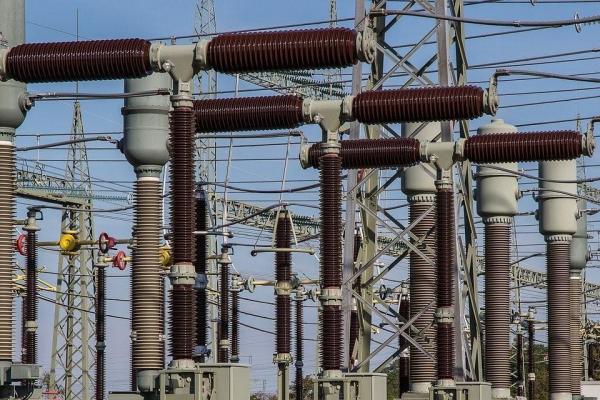Advancements in digital technology, communication and standards have now made a digital substation possible. Though even with the clear advantages to digital substation, adaptation has been slow. This results in a lack of confidence by users of the need for digital substations, hampering investment in digital solutions.
The aim of the project is therefore to challenge the status quo by making the digital substation concept more acceptable to the end user. In particular, the project addresses the need for tools and methods that will bring forward the advantages of digital substations, e.g. high reliability and faster deployment. For this, a robust assessment of their reliability is performed, and methodologies and tools for faster testing and better fault management will result in improved reliability.
This project received research funding from VLAIO and support from Flux50 and ran from 1 June 2019 until 30 November 2021.
Ensuring enhanced reliability in digital substations through failure mode and effect analysis
Advancements in digital technology, communication and standards have made a “digital substation” possible. The key function associated with digital substations and core of this project is system protection. The transition to digital substations requires today’s substations to change the secondary equipment from traditionally wired, copper analogue cables to digitally connected components, e.g. using optical fibre. This has obvious advantages in terms of complexity, size, configuration time and costs. As for standards, IEC61850 is promoted internationally to have all components, with different functionalities and from different vendors, working together seamlessly. Even with the clear advantages to digital substation, adaptation has been slow for three main reasons: i) reliability is of paramount importance, ii) the workforce needs a rare combination of power systems and ICT background, iii) legacy systems perform at acceptable level. This results in a lack of confidence by users of the need for digital substations, hampering investment in digital solutions.
General Purpose: of the project is to challenge the status quo by making the digital substation concept more acceptable to the end user. In particular, the project addresses the need for tools and methods that will bring forward the advantages of digital substations, e.g. high reliability and faster deployment. For this, a robust assessment of their reliability is performed, and methodologies and tools for faster testing and better fault management will result in improved reliability.
Objectives and criteria:
- Developing a consistent methodology, based on FMEA, to assess the reliability performance of digital substations. First, the method will be used to assess a single vendor system and adapted for a multi-vendor, multi-generation system resulting in a practical guideline for reliability assessment in digital substations, resulting in increased efficiency, reduced engineering time and building confidence.
- Reduce engineering time in future projects through (semi-)automated procedures and identification of concrete integration pittfalls, allowing equal or higher reliability in digital substations at lower (implementation) costs compared to traditional systems. Time required for testing will be reduced with 50 %.
- Making the consortium partners thought leaders in the field by providing a roadmap for acceptance of digital substations as a reliable smart grid technology.
- Demonstrating to potential users the reliability of Digital Substations and thereby giving the industrial partners the opportunity to conceive new products and new types of turn-key solutions for the market.
Roadmap: Digitalization is centric to the success of the FLUX50 innovator zone ‘Energy Cloud Platforms’. The next step towards interoperability and futureproof solutions by digitalizing is also necessary for the flawless integration of microgrids into the energy system, making digital substations an enabler for the innovator zone ‘Microgrids’.
In 2022, a video on DigSub was broadcasted on Kanaal Z. You can view the video here (Dutch only).





